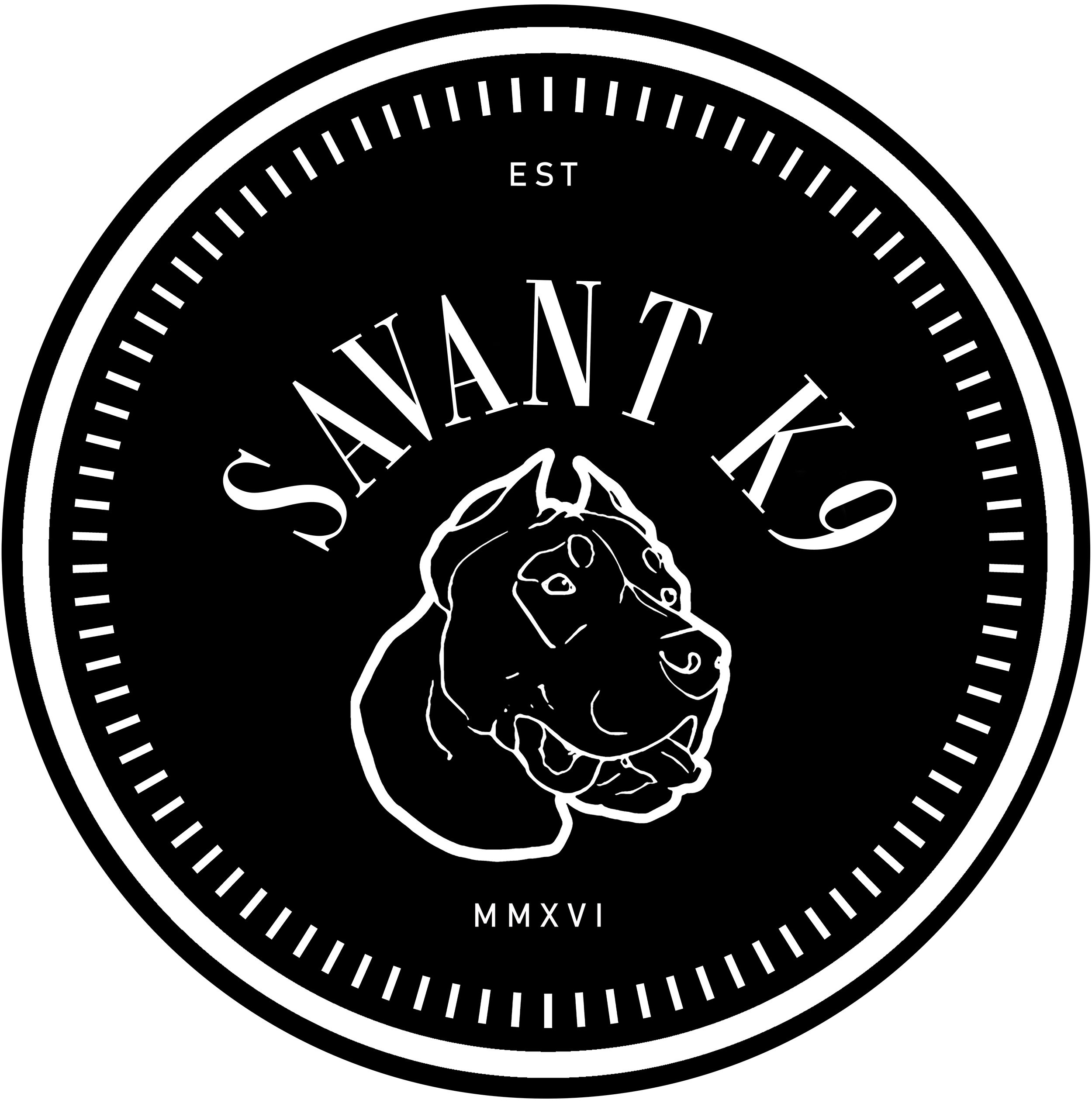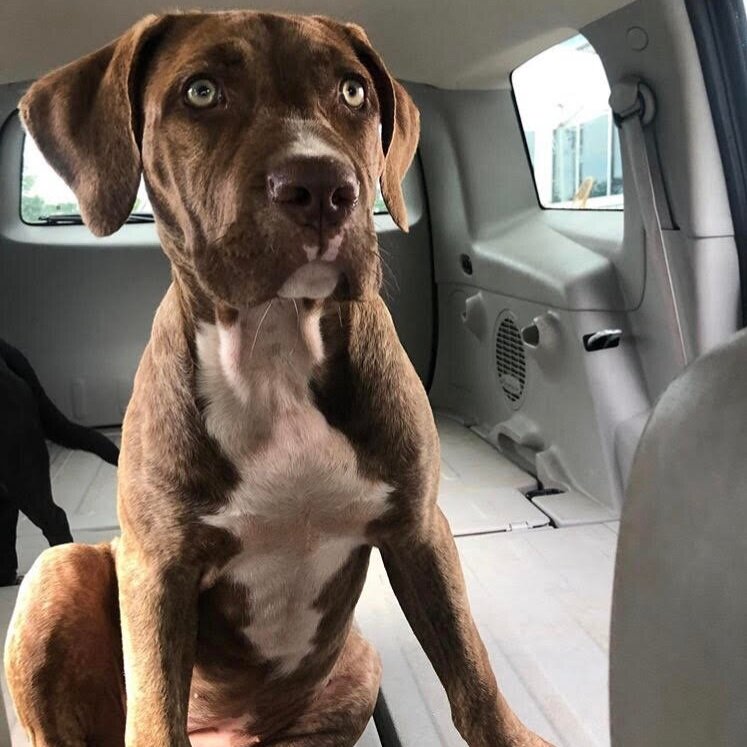Temperament Expectations
Getting the most out of the bandog types requires an understanding of their unique behavioral characterstics.by recognizing the genetic contributions from multiple breed types, we can tailor training and management for our needs
Fischetti’s Cairo - 3 years old
Stability
"Mentally these dogs are the very picture of stability. At times described as having “British” rather than “German” canine temperament. By which it is meant that whilst both should have a high stimulus threshold and pack mentality, the British temperament does so without desire to assert rank whereby the German temperament is unflinchingly loyal to its master but affords itself superior to all others. It is this subtle yet distinct difference that distinguishes breeds such as the Bandog and Bull Mastiff from the Rottweiler. “ - Dan Balderson and Stelios Sdrolias
What this means is you are less likely to have a dog who actively challenges your authority and asserts it’s will/dominance on the handler. They are typically more biddable, and respectful once rules, boundaries and effective management guidelines have been established. Outside of adolescence and the associated maturation process, you are more likely to have a dog who actively works to please you than not. The key is establishing a relationship based on respect and understanding while actively encouraging engagement with the handler. This is a dog who lives to serve when managed appropriately.
Character
“When raised appropriately, they are extremely trustworthy with chidden, oftentimes becoming self appointed custodians. Spirited when at play or work, they are otherwise calm, composed and easy going. Showing no signs of shyness or needless apprehension. Always demonstrates a high tolerance as well as quick recovery from stress. Impeccable ability in discerning between general human activities from behavior warranting suspicion or aggression. Possessive of a true “ON/OFF” switch resultant from supreme self-confidence, making for a highly predictable and stable dog that has nothing to prove in responsible hands. Strong balance of drives. Pronounced pack and fight drive, strong hunt, prey and defense drives. Level-headed, responds positively to stress. Switches between drives with little outward physical indication, which can require an expert eye to discern. This balance of drives does not foster the outward manifestation of aggression but should not be taken for granted, as they will respond in kind when threatened, increasing their intensity in almost linear progression until the threat is dealt with.” - Dan Balderson and Stelios Sdrolias
These dogs as a whole instinctively develop to recognize and read situations. By learning what is “abnormal” human behavior, they are safe and predictable. Oftentimes measured in their response, and behaving consistently as to how they’ve been managed. We breed for a confident dog. A confident dog doesn’t confront insecurity with aggression. They will exude balanced drives - capable of engaging between prey and defense drive seamlessly. They are clear headed, respond positively to stress, and exhibit rapid recovery time. Being unsure is ok, but what’s most important is their ability to work through and overcome those insecurities quickly. Confident dogs do not behave aggressively or defensively when unsure. We expect them to lean not on their own understanding, but seek handler guidance for direction before independently making decisions. This limits liability.
Savant’s Khan - 19mo
Savant’s Amina - 9 weeks
Savant’s Egypt of Southpaw - 16 weeks
Maturity
“Can prove the be diffident or rambunctious when young, this behavior can be linked both to the maturation rate of larger breeds, as well as the environment and upbringing. Best developed in the hands of those that understand these differences rather than those expecting to see similar behavior to that exhibited by traditional working breeds such as shepherds.” - Dan Balderson and Stelios Sdrolias
Highly dependent on the amount of molosser blood, many mastiff types frequently follow a similar maturation trajectory. It is important to be mindful of this to avoid problematic behavior as they develop. The following serves as a guide for most molosser breed types. Many are not the most confident as puppies and must be worked through elements that cause them to be nervous or insecure. Being defensive in nature, they are typically navigate the world with a sense of self preservation. The mastiff is a thinking type, that observes and decides prior to acting. Working them through obstacles, heavy exposure to different environments, and ensuring engagement with the handler in a variety of situations will help develop a strong confident pup who does not resort to defensive aggression as an adult when they become insecure or uneasy. This is incredibly important towards reducing liability and increasing stability/predictability.
Please Note - everydog is an individual, and may not follow the same maturation trajectory
12-18mo you’ll typically begin to see a slow increase in confidence. Some may even have a pronounced “fear stage”, where seemingly mundane things like trashcans or plastic bags floating in the wind, will cause them to tuck tail and run. EVERY dog is different. Some never go through a fear stage, others may have one last anywhere from a few days, to a few months. Dogs will exhibit stronger territorial aggression at home by barking at strangers, or exhibit suspicion of outsiders, shying away from their attention, turning their back, or placing themselves between you and them. All should be watchful and inquisitive. A handler should correct any inappropriate aggressive displays. Dog aggression, dominance and reactivity may occur.
18-24mo you’ll typically begin to see dogs display their character more confidently. They begin to behave consistently, and may become more forward. Strong hormonal shifts may cause a rise in rank drive, dominance amongst other dogs, and overall a little more confrontational. Expect stronger territorial aggression, a dog who is harder to call off when “hyped up”. In stable and confident dogs, stranger suspicion now begins to become indifference, and a dog who is becoming comfortable within their defensive drives. A handler should continue to correct any inappropriate aggressive displays.
24-36mo you’ll begin to see a dog who’s truly beginning to become themselves. Even if a dog was not the most confident during the first 2 years of their life, many mature into strong willed, and self assured dogs by this time. They should be predictable and measured in their response to stimuli. Strong confident defensive displays, stranger indifference with strong suspicion when warranted, and a very confrontational dog. A handler should continue to correct any inappropriate aggressive displays.
36-42mo you will have an adult dog who has been set in their ways due to genetics and handling. Typically these dogs are very self assured, measured in their response and confrontational in type. Strong defensive displays, indifference to strangers, and predictable, who only react when warranted, with displays that escalate when needed. A handler should continue to correct any inappropriate aggressive displays.




